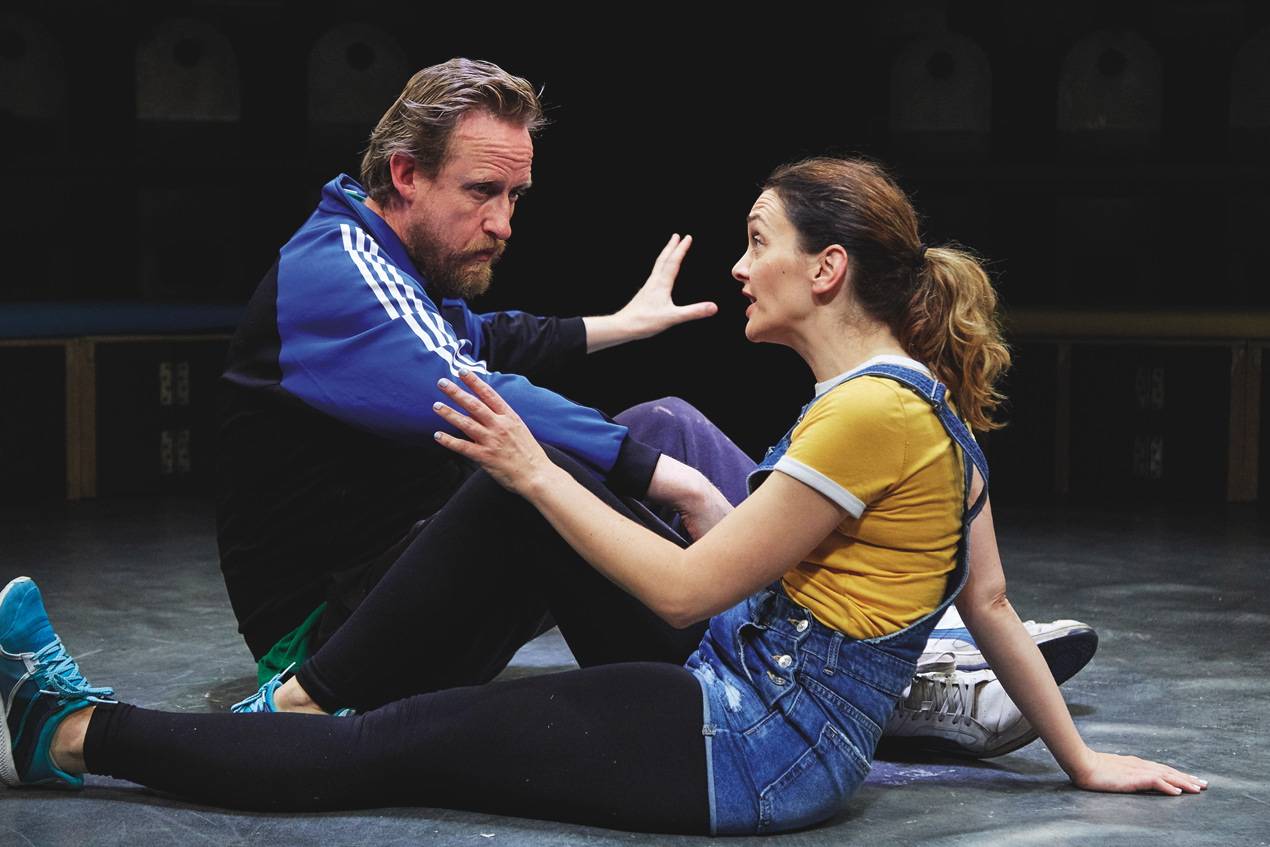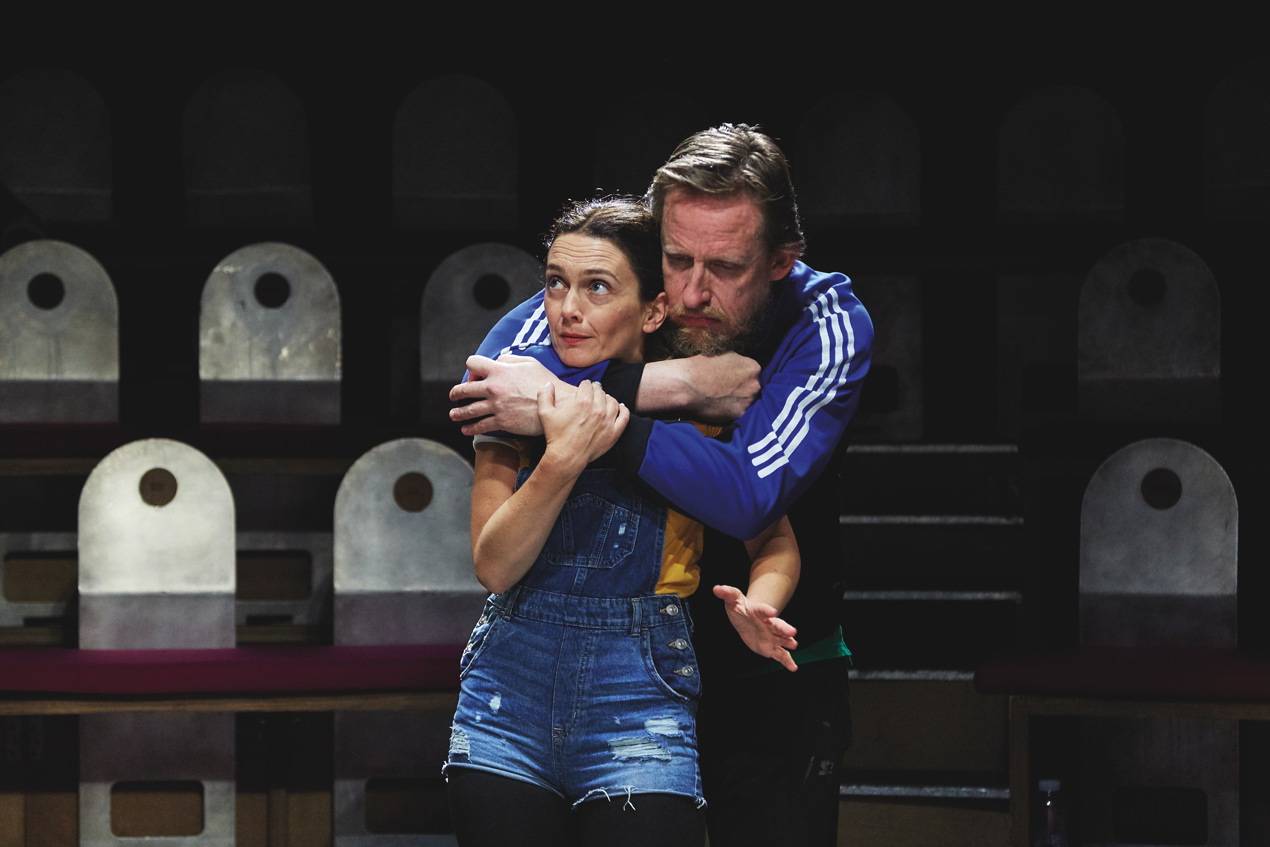Diversionary tactics
The riots of 1981 marked the culmination of a wave of rebellion across the country’s inner cities. Playwright Ed Edwards says how his new work starts there but ends with a heroin epidemic
“Some Scouse lad I met on a prison landing summed it up,” recalls Ed Edwards. “He said one minute they’d taken Liverpool, while the next he was holding up an off-licence with an Uzi – trying to feed a drug habit. There really was a feeling back then that the riots and the heroin explosion which followed were somehow linked.”
Edwards’ two-year stint inside HMP Risley for supply was the culmination of more than a decade lost to drug abuse and dependency.
“You could feel the heroin everywhere – Liverpool and Manchester were rotten with it.”
He now views his past as part of a far bigger picture – a generation caught up in hard drugs in the wake of the “uprisings” that engulfed several English inner-city neighbourhoods during 1981.
This also provides the backdrop for his two-person play, The Political History of Smack and Crack, on show at the Edinburgh Fringe. The piece will come to his adopted hometown of Manchester later this year as part of the International Arts and Homelessness Summit and Festival, run in partnership with the Greater Manchester mayor’s office.
Set in Moss Side, Manchester, it is a love story about two addicts trying to get clean – drawing on its writer’s own experience of the process – in a narrative that weaves in detail from the riots that took hold of the area in July 1981. The broader question of how the drugs later took over looms large in the story.
Edwards says: “There was basically no heroin on the streets before 1981. Up to that point it was a different heroin that was about – China White – and its users were all bohemians and artists, the likes of Keith Richards and William Burroughs. There were virtually no working-class heroin addicts. By the early 1980s though, smack was everywhere – the estates were full of it.”
Edwards was still living in his hometown of Birmingham when the riots erupted there, and in Liverpool, London, Leeds and Manchester over a four-month period that year. By the time he moved north for university a few years later, Moss Side felt like a ghost town on the occasions when he visited to buy weed.
Edwards frames the riots as part of a global picture of revolt against the status quo. Around the same time, he notes, the IRA hunger strike was taking place – culminating in the death of Bobby Sands. In South Africa, the racist apartheid system was coming under pressure and there was civil war in countries including Angola and Mozambique.
He says: “The Thatcher government was terrified. The anger was bubbling. We saw a series of big political uprisings over a few years in the UK – there were the riots of 1981, followed by the Miners’ Strike and then the Broadwater Farm riot in Tottenham in 1985. And then it suddenly went dead. These places had been depoliticised.
“I would argue that heroin contributed to the destruction of the working class as it was. Around 1981 there were about 3,000 heroin addicts in the UK, at most. By 1985 there were 300,000 – most of whom were working class. You could feel the heroin everywhere – Liverpool and Manchester were rotten with it.”
The heroin of the 1980s was followed by crack, the drug that took hold of Edwards. Once he got clean after leaving prison, he poured his energy into writing – working for TV, writing books and going on to teach drama students. He had long wanted to join the dots between politics and class A drugs, eventually channelling his ideas into the play. He says his life has been both shaped and saved by addicts; he still attends Narcotics Anonymous meetings.
He explains: “I haven’t used drugs for 20 years – I was lucky enough to get my life back. But I would probably go back to using if I didn’t have that support from fellow addicts. I think that’s true of most people in my situation – we need the help of people who have been through it.
“The play is a comedy, and I think it shows the love and hope which are present in this journey. You might think someone seems quite hopeless but it can be done – I’ve seen it happen. I’ve met people in terrible situations and they’ve managed to get clean.”
Edwards bats away questions over the legalisation of drugs as something unlikely to ever happen. He believes the authorities could wipe out the drug lords if they wanted – but it would not suit their agenda to do so. The trafficking of heroin and cocaine is in his view a convenient instrument of control for those in power. He points out the extent to which heroin production has exploded in Afghanistan since the 2001 invasion led by the US and how narco-trafficking has historically funded right-wing gangs across South America.
“Drugs fund the counter-revolutionary gangs which exist around the world and they’re a great way of dividing people,” he says. “It’s pretty well documented that in the 1980s the British state provided support and political cover for these gangs in Afghanistan and Latin America.
“Am I really suggesting these ruthless elements somehow conspired to start a hard drug epidemic on the streets of Britain in the wake of the 1981 inner-city uprisings depicted in my play? No, of course not. But I do think the government couldn’t believe its luck when an entire generation turned from rebellion to petty crime and gangsterism, and when black and white inner-city youths later started shooting and stabbing one another instead of fighting the power.”

The lived experience within the play does not only come courtesy of its writer, but also from its female lead, Eve Steele.
Brought up in Moss Side, she began dabbling with drugs through the acid house scene as a teenager and ended up dependent on heroin – and attending rehab – while still at drama school.
“I was taking too much ecstasy and acid and that left me feeling mentally unwell and paranoid – I couldn’t bear to be in my own skin,” she says. “Heroin was the logical conclusion. It was just what I wanted at that moment. It helped me switch my head off. It didn’t feel like a big thing at the time, but of course it was.”
Steele was a child when Moss Side rioted but remembers the area “turning in on itself” as heroin took over in the years that followed.
She is lucky to have accessed treatment and got clean at 21 – after a year of addiction – and can still recall the moment that pushed her to try to kick the drug.
“I was in a flat near where I’d grown up which also happened to have been my doctor’s surgery when I was a child,” she says. “I could see people scoring crack in the alley. My feet were sticking to the kitchen floor, there was mess everywhere and someone was trying to stick a needle into my arm.
“I just suddenly saw myself. I remembered going there when I was sick as a little girl, and asked myself if this was all there was for me in life. I knew then I had to try to do something about it. I think my character in this play – Mandy – is almost like the person I would have become had I not stopped when I did, 25 years ago.”

Leave a reply
Your email address will not be published.